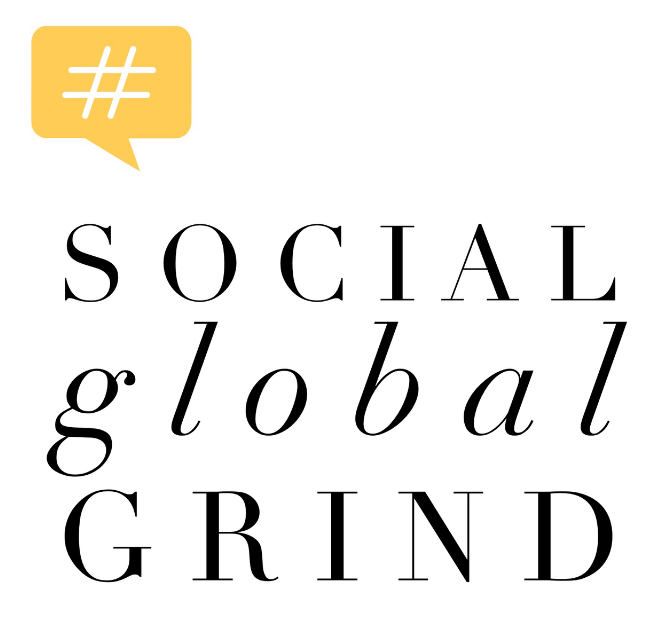Client Firing 101: Your Guide to Ending Toxic Business Relationships!

This is an article that I re-write at least every couple of years because I learn more. I feel like we have a great handle on screening clients that will be a great fit for our team. We set boundaries and have specific office hours for our clients and we pre-screen in an interview. For the most part, this works, but on occasion, we still get a client that challenges our process.
That last sentence might be triggering for some. "What do you mean 'your process'. You are a service provider, and the customer is always right."
The number of years I have had in the service industry and dealing with clients is that this is absolutely not true. An abusive client automatically does not get the privilege of a high-end service. I will say we believe in perception and we work with a client to fully demonstrate from an educational perspective of why we do the things we do. If they do not mesh and quite frankly always cause drama, that is an issue from a business standpoint to see if it is cost-effective to forward with a client.
In the intricate world of business relationships, not every client engagement sails smoothly. There inevitably comes a time when you must rigorously evaluate whether holding onto a client is genuinely advantageous for the overall growth and well-being of your enterprise. If you find yourself entangled in a situation where a client is voraciously consuming an excessive amount of your valuable time, incessantly complaining despite clear and comprehensive communication, impervious to guidance, and triggering frequent budget overruns, it may be high time to deliberate the possibility of terminating the association. However, before taking the momentous step of firing a client, here are several pivotal steps to meticulously navigate. Why because your brand reputation matters. We have broken down the process over the years:
1️⃣ Reflect and Evaluate
Commence your deliberations by adopting a thoughtful stance and conducting a comprehensive evaluation of the client relationship. Conduct a meticulous assessment of the overarching impact this relationship exerts on your business. Scrutinize whether the client's substantial demands on your time are obstructing your capacity to allocate resources to pivotal business development tasks. Contemplate whether the emotional toll this association exacts in your team outweighs its financial benefits. Engage in an impartial weighing of the pros and cons to make a well-informed decision.
2️⃣ Review the Contract and Terms
Proceed by revisiting the contractual agreement and the terms initially stipulated when you embarked on this client journey. Scrutinize whether the contract encompasses specific clauses or conditions that pertain to the termination of the engagement or any potential modifications to the agreed-upon scope of work. A profound comprehension of your contractual rights and obligations serves as an invaluable compass for your subsequent actions.
3️⃣ Document Issues and Attempts to Resolve
In parallel with your introspective evaluation, diligently maintain a comprehensive record of the myriad issues and challenges that have surfaced during your collaboration with the client. Methodically chronicle the dates, detailed communications, and any conscientious efforts undertaken to address their multifarious concerns and requests. The meticulous documentation of these occurrences will stand as invaluable evidential support should the necessity for a contract termination materialize.
4️⃣ Communicate Your Concerns
Empower yourself by instigating a candid and transparent dialogue with the client. Convey, with utmost clarity and candour, your multifaceted concerns regarding their burgeoning demands, recurrent budgetary transgressions, and any other pressing issues that have arisen during your professional collaboration. Employ this opportunity not only to elucidate your apprehensions but also to explore potential mutually beneficial resolutions and to ascertain whether there exists any possibility for amelioration in the contours of your working partnership.
5️⃣ Offer a Graceful Exit
Should your rigorous contemplation reaffirm your thoughts that you should terminate the client's services/ engagement, which remains the most delicate course of action, proceed with this decision gracefully. Extend an olive branch by articulating your rationale cogently and diplomatically. Ensure that your reasoning is communicated with utmost empathy. Subsequently, diligently adhere to the terms delineated within the contract, particularly those pertaining to the handling of any outstanding obligations or deliverables. Yes, contract. Girl, do you have one in place with your clients? (Sounds like another good blog/ video for the near future.)
Here are some signs or symptoms you are on the right track before you proceed in cutting ties with a client:
- You hesitate taking a call because you know it's going to be a lot of energy and you need to complete an important task first before you can dive in.
- You have to re-work content/ artwork even after the work has been approved.
- After extensive meetings/ agreements, the client wants to take it all down and start all over again.
- Abusive language when referring to your colleagues.
- You feel exhausted around this client (energy vampire)
Throughout this intricate process, it is imperative to conduct yourself with unwavering professionalism and unswerving integrity. While the decision to part ways with a client may appear to be an arduous one, it is at times, indispensable for the broader health and prosperity of your business. Retain your focus on the overarching goals and always act in the best interests of your enterprise.
As a final note, while the urge for creative expression is innate, it is imperative to underscore that TikTok reenactments or any other forms of indiscretion related to client terminations are not recommended. The principles of confidentiality and professionalism should invariably remain paramount. In other words, GIRL DON'T DO IT!
For a more comprehensive exploration of the nuances and practicalities of managing complex client relationships, we cordially invite you to delve into our in-depth mini-blog.




